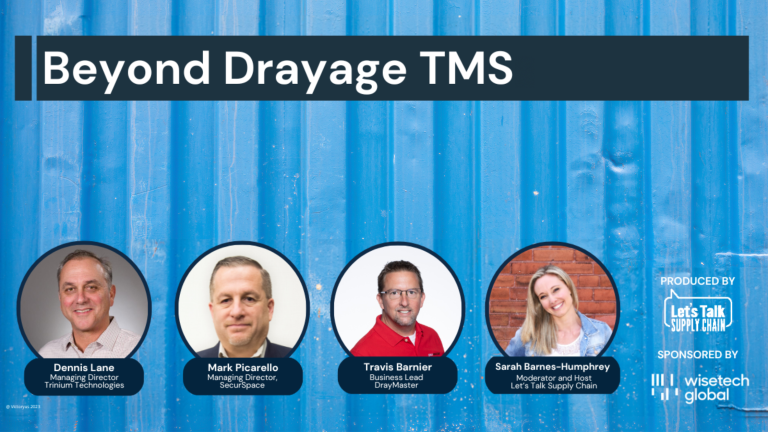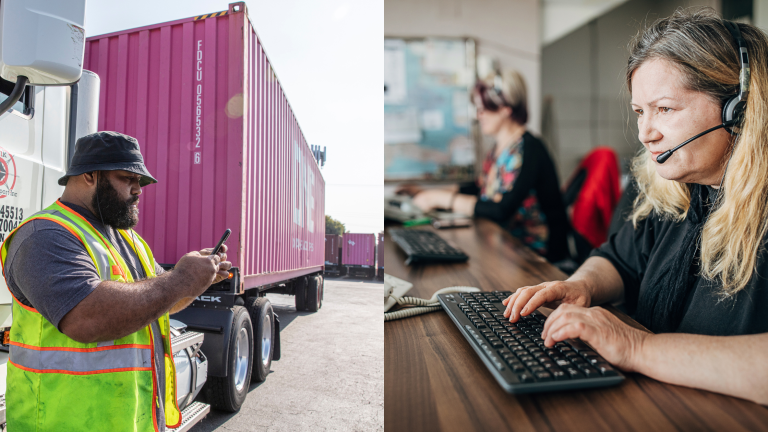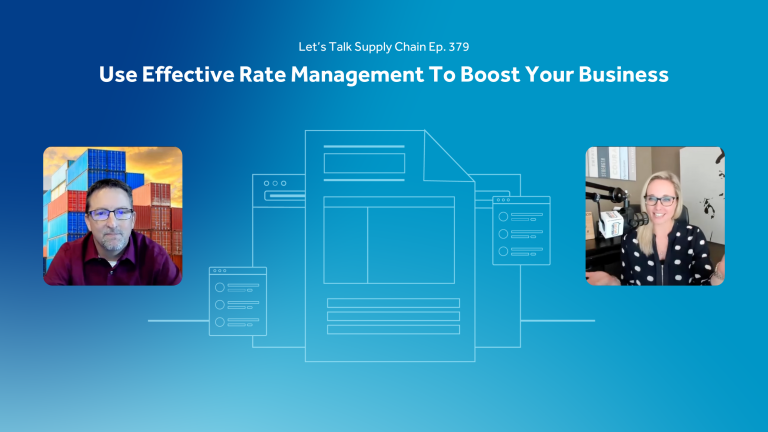Envase TMS Solutions automate distribution center processes so you can do more turns in less time (with less hassle)
Every carrier and driver wants to complete as many turns, as quickly as possible, every day. The Envase platform is designed to enable just that… with its power based in large part on automating and simplifying the manual tasks dispatchers and drivers are saddled with.
Consider a driver who has to make a delivery to a distribution or fulfillment center. Home Depot for example has more than 20 regional distribution centers across North America, with each seeing hundreds of trucks per day through just one entry lane. In many cases, these movements have not been ‘pre-advised’ so there is no scheduled appointment of arrival time.
As a result, the drivers sit and wait while clerks manually enter the information into their system to confirm if it’s truly destined for that location and, if so, forcing the guards to then manually direct the trucks as to where to go in the facility.
The Envase TMS Advantage
But users of the Envase platform will have an advantage. Since our TMS platforms are aware of millions of drayage orders each year, we are now connecting our systems to the Warehouse Management Systems(WMS) and the gate control equipment installed at the entry/exit points of the facility. This makes it easy for Envase to electronically connect the dots and inform Home Depot in advance when a driver will arrive with a particular truck and trailer, and what the driver will be there to do.
Additionally, dispatchers are spared the tasks of searching for containers’ location and availability (common when pickup up a container from a port) as well as making the subsequent appointments.
That means the entire check-in process can be pre-advised and automated. Both the carriers and the operators can use the system, which streamlines every step in the supply chain as it moves through inland ports, across the rail system and into distribution centers.
The Envase TMS Impact
The Envase platform touches almost 30 percent of all intermodal container movements coming out of ports which enables us to make a big impact in streamlining the processes of port, rail and inland facility movements.
The impact of these changes are small now… but for those taking full advantage, we see up to a 20-minute saving PER CONTAINER! This means efficiency and optimization which results in more turns in less time, using fewer keystrokes, and not waiting in lines.
And who doesn’t want that?




